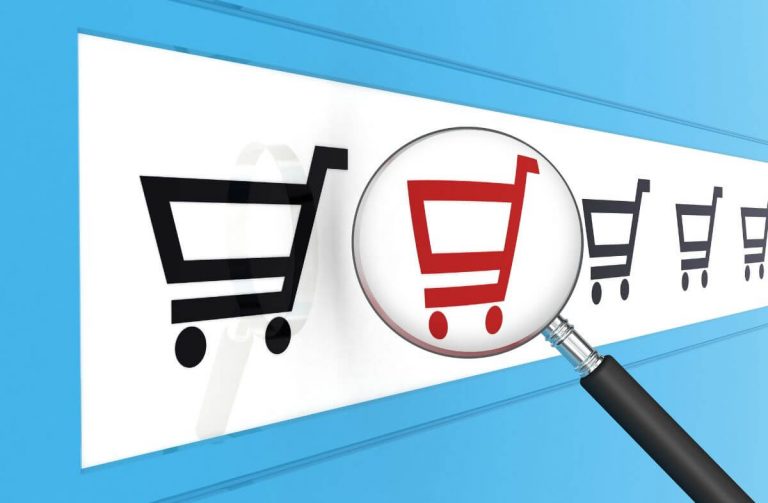In the rapidly evolving landscape of eCommerce, online marketplaces have become the go-to destination for buyers and sellers alike. The convenience, variety, and accessibility offered by these platforms have propelled them into the forefront of digital commerce. However, this popularity has also attracted the attention of fraudsters seeking to exploit vulnerabilities in the system. To maintain the trust of their customers and partners, online marketplaces must employ robust fraud prevention strategies. In this comprehensive guide, we will delve into the world of eCommerce fraud prevention and explore the best practices that online marketplaces should adopt to protect their businesses and customers.
Understanding eCommerce Fraud
eCommerce fraud refers to any illegal or deceptive activity that occurs during an online transaction. It encompasses a wide range of activities, including payment fraud, identity theft, account takeover, and more. Fraudsters use various techniques to exploit vulnerabilities in online marketplaces, causing financial losses and damaging the reputation of businesses.
The Need for Fraud Prevention in Online Marketplaces
As eCommerce continues to grow, so does the threat of fraud. According to a report by Statista, global eCommerce sales are projected to reach $4.2 trillion by 2025, making it an attractive target for fraudsters. Online marketplaces must prioritize fraud prevention to protect their customers, sellers, and their own brand reputation. Failing to do so can lead to substantial financial losses and legal repercussions.
Types of eCommerce Fraud
Before diving into prevention strategies, it’s crucial to understand the various forms of eCommerce fraud that online marketplaces face. These include:
Payment Fraud
Payment fraud occurs when a fraudulent payment method is used to make a purchase. This can involve stolen credit card information, fake bank accounts, or unauthorized transactions.
Account Takeover (ATO)
In ATO fraud, cybercriminals gain unauthorized access to user accounts, often through phishing or hacking. They then exploit these accounts to make fraudulent purchases.
Shipping and Delivery Fraud
Fraudsters may attempt to reroute or intercept deliveries, steal packages, or falsely claim non-receipt of items. This can result in both financial losses and damage to a marketplace’s reputation.
Return Fraud
Return fraud occurs when customers exploit return policies to return items they did not purchase or return damaged items as if they were in perfect condition.
Fake Sellers and Listings
Some fraudsters create fake seller profiles and listings to trick buyers into paying for non-existent products. This damages trust within the marketplace.
Consequences of eCommerce Fraud
The consequences of eCommerce fraud are severe and far-reaching. Failing to address fraud can have devastating effects on online marketplaces, including:
Financial Losses
Fraudulent activities lead to monetary losses for both the marketplace and individual sellers. Chargebacks, refunds, and lost inventory can result in significant financial setbacks.
Reputation Damage
A marketplace’s reputation is a valuable asset. Fraud incidents can erode trust among customers and sellers, leading to decreased sales and long-term damage to the brand’s image.
Legal and Regulatory Consequences
Neglecting fraud prevention can lead to legal issues and regulatory fines. In some cases, marketplaces may be held liable for fraudulent activities that occur on their platform.
eCommerce Fraud Prevention Best Practices
Now that we understand the threat, let’s explore the best practices that online marketplaces can implement to combat eCommerce fraud effectively.
Identity Verification
Two-Factor Authentication (2FA)
Implementing 2FA for user accounts adds an extra layer of security by requiring users to enter a one-time code sent to their mobile devices or email. This can deter account takeover attempts.
KYC (Know Your Customer) Verification
Marketplaces should verify the identity of sellers and buyers, especially those conducting high-value transactions. KYC processes can involve document verification and background checks.
Payment Fraud Prevention
Address Verification System (AVS)
AVS checks verify that the billing address provided matches the one associated with the payment method. This helps identify potentially fraudulent transactions.
Card Verification Value (CVV)
Require customers to enter the CVV code from their credit cards for transactions. This adds an additional layer of verification.
Fraud Scoring
Utilize machine learning algorithms to assign a risk score to each transaction. High-risk transactions can then trigger further verification steps or be flagged for review.
Shipping and Delivery Fraud Prevention
Shipping Address Verification
Verify shipping addresses, especially for high-value orders, to ensure they match the provided billing address or the user’s history of shipping addresses.
Signature Confirmation
For valuable shipments, require a signature upon delivery to prevent fraudulent claims of non-receipt.
Monitoring and Analytics
Real-time Transaction Monitoring
Implement real-time monitoring to detect unusual or suspicious transaction patterns, such as multiple large purchases from a new account.
Anomaly Detection
Leverage machine learning and AI to identify anomalies in user behavior, such as sudden changes in order volume or shipping locations.
Customer Education
Fraud Awareness
Educate your customers about common fraud tactics and how to recognize them. Provide resources and guidelines on how to stay safe while shopping online.
Secure Passwords
Encourage users to create strong, unique passwords and regularly update them. Offer password manager recommendations for added security.
Technology and Tools for Fraud Prevention
Machine Learning and AI
Predictive Analytics
Machine learning models can predict fraudulent behavior by analyzing historical data and identifying patterns indicative of fraud.
Behavioral Biometrics
Use AI to analyze user behavior, such as mouse movements and typing patterns, to detect anomalies and potential account takeovers.
Fraud Detection Services
Third-Party Solutions
Consider partnering with third-party fraud detection services that specialize in identifying fraudulent transactions and users.
Chargeback Protection
Some services offer chargeback protection, reducing the financial impact of chargebacks on your business.
Geolocation and IP Tracking
Geofencing
Implement geofencing to restrict access to your marketplace from high-risk countries or regions.
IP Reputation Checks
Check the reputation of IP addresses to identify suspicious or known fraudulent sources.
3D Secure Authentication
Implement 3D Secure 2.0 for card transactions, which adds an additional layer of authentication, reducing the risk of payment fraud.
Legal and Regulatory Considerations
PCI DSS Compliance
Adhere to PCI DSS standards to ensure the secure handling of credit card data, reducing the risk of payment fraud.
GDPR and Data Protection
Comply with GDPR regulations regarding the collection and processing of user data. Protecting customer information is paramount.
Marketplace Liability
Clearly define liability policies for sellers and buyers in case of fraud. This helps establish trust and expectations.
Conclusion
eCommerce fraud prevention is an ongoing battle, but online marketplaces can significantly reduce their risk by implementing a combination of best practices, using advanced technology, staying compliant with regulations, and fostering a culture of security and trust among their users. By doing so, online marketplaces can protect their businesses, customers, and reputations in an increasingly complex digital marketplace. Remember, the best defense against eCommerce fraud is a proactive and vigilant approach.
If you’re an online eCommerce or marketplace looking to identify reputable sellers, detect fraudulent operations and remove suspicious listings before customers get to payment, book a demo today!




